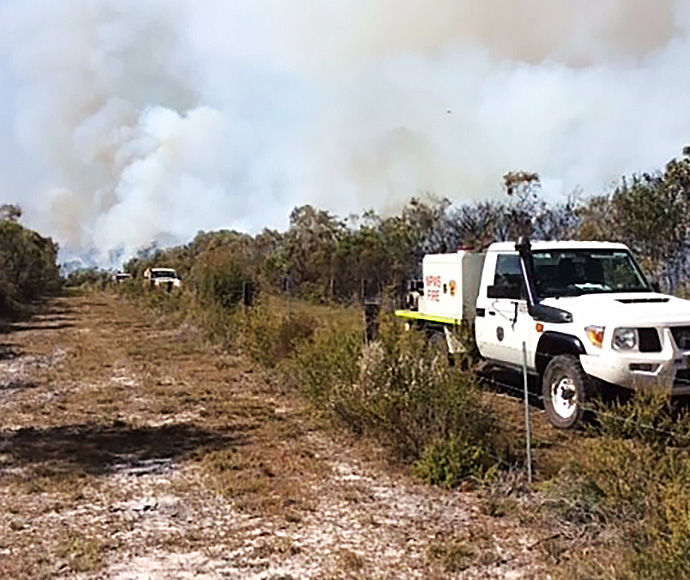The National Parks and Wildlife Service (NPWS) is planning 2 hazard reduction burns in Broadwater National Park starting Tuesday 30 May.

The 2 burns will combine treat approximately 1,191 hectares and will help to protect the township of Evans Head to the south and rural properties to the north and north-west from future bushfires.
The burns, delivered with support from the NSW Rural Fire Service (RFS), will also promote biodiversity.
Heath, paperbark, and dry sclerophyll vegetation communities require fire to regenerate. This regeneration process will provide suitable habitat for the endangered Eastern ground parrot as well as a range of other native species.
The burns are due to begin at approximately 9.30 am on Tuesday morning, with crews patrolling the fire ground for the following 48 hours. A helicopter will be visible in the area assisting with ignition of the burns.
Tracks and trails within the burn area will be closed including Hind Dune trail, Death Adder trail and Baxter's trail. Broadwater Picnic Area will also be closed.
These areas will reopen once they are assessed as safe by NPWS. Visitors can also check NPWS Alerts for up-to-date information on temporary closures.
Smoke will be visible from surrounding residential areas, including Broadwater, Woodburn and Ballina. People with asthma or those who are susceptible to respiratory problems are advised to keep clear of the area or stay indoors.
Traffic control will be in place on Broadwater-Evans Head Road, including the closure of one lane. Broadwater Beach Road will also be closed. Motorists are advised to follow directions from traffic controllers and drive to conditions.
Hazard reduction burns are essential to reduce bushfire fuel loads to help protect parks, neighbours and communities from future bushfires.
This burn is one of many hazard reduction operations undertaken by NPWS each year, many with assistance from the Rural Fire Service and Fire and Rescue NSW.
All NPWS hazard reduction burns are coordinated with the NSW Rural Fire Service to ensure the impact on the community is assessed at a regional level.






